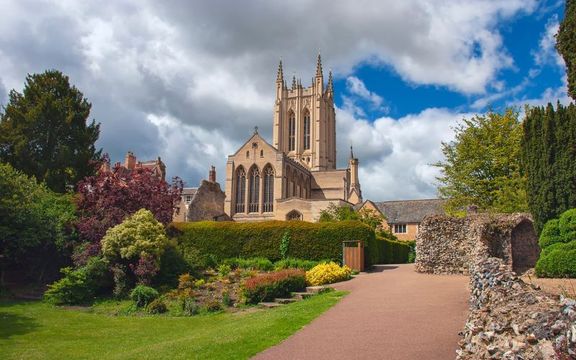
St Edmundsbury CathedralGetty
The 140-foot tower of St. Edmundsbury Cathedral rises above the rooftops of Bury St. Edmunds in Suffolk as though it had always been part of the townscape. In fact, the tower was only completed in 2005, although the cathedral has been around since 1503. The small cathedral city of some 35,000 inhabitants welcomes pilgrims of all sorts as it has for centuries. They come for history, religious reasons, culture, shopping or a tour of the prizewinning Abbey Gardens set in the amazing ruin of what was once the largest abbey in Britain.
Bury St. Edmunds has had a series of name changes, from Beadricsworth to Bury St. Edmunds, meaning the place where St. Edmund was buried, although both the place of this historic figure’s death and his present burial site are still debated. King Edmund of East Anglia is a character sprung from the mists of vague history and the willingness to believe a good, gory story with a moral. Crowned while still a young teen in 855, he was pious and just.
Around 869 the Danes, otherwise the Great Heathen Army, marched into East Anglia. Edmund, who had once allegedly spent a year in isolation so he could memorize the entire Psalter, was no match in battle for leaders named Ubbe Ragnarsson and Ivor the Boneless. In one version, the Danes offered to let him rule as their vassal if he would renounce Christianity, but he refused. They beat him, shot him full of arrows, and beheaded him. A more plausible story is that he was defeated in battle.
Most people of the time accepted the first story, and Edmund became a very popular martyr and saint. Guided by a wolf, they dug up his hastily buried body, complete with his talking, severed head, and reinterred it at the monastery at Beadricsworth, modern Bury St. Edmunds, in 903. Danish King Canute, a Christian convert with a heavy load on his soul for the sins of his father who had launched the original raid, ordered this burial and upgraded the monastery to a Benedictine abbey.
After his canonization at some unknown date, Edmund’s banner flew at several battles, including Agincourt, and colleges and churches memorialized him. Pilgrims from all over Europe flocked to his shrine. The abbey, the richest ecclesiastical estate in the country, became a renowned center of learning. It burned in 1465, but the monks rebuilt it in an even more splendid style. When King Henry VIII dissolved the abbey in the 1530s, the monks dug up Edmund’s body and buried it in a spot unknown to this day.
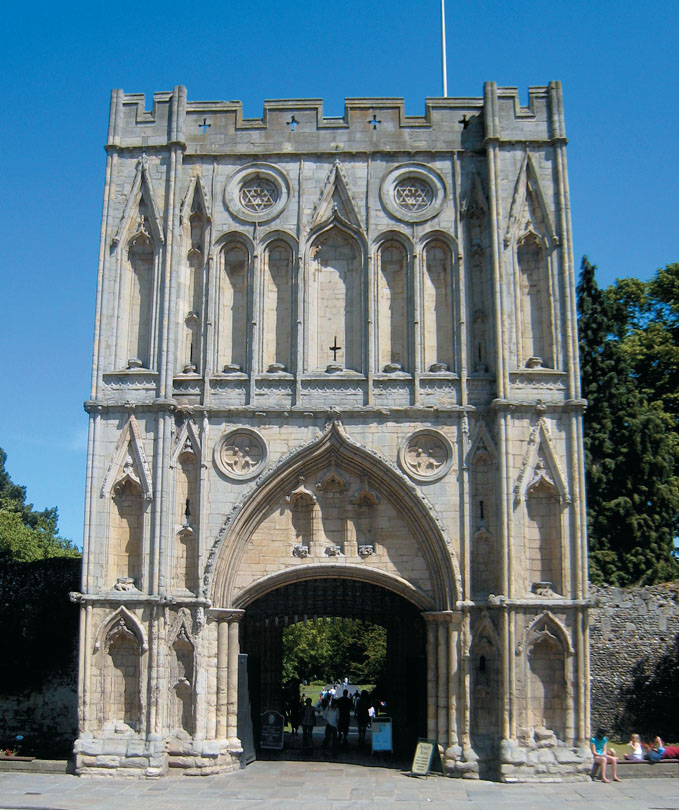
JEAN PASCHKE
A walking tour of the abbey is a good starting place for a visit to Bury today. Visitors learn that the Romans occupied the area until around AD 400, followed by the Germanic tribes—Angles, Saxons, Danes, and Jutes. A vast gateway in English decorated style dominates Angel Hill. Beyond it, a second, more ancient Norman gate leads to the ruins. The townspeople tried to destroy this gate in 1327. They had a love-hate relationship with the abbey, which provided them with hospital services and education, but taxed them heavily. Their response was to roll wagonloads of flaming straw against the door in an attempt to get at the tax rolls and destroy them.
Nothing daunted, the monks put it all back, using the same material as the rest of the abbey—limestone from Lincolnshire carried a vast distance by both water and land. The infill was made of flint, most of which is visible in places where townspeople took away the limestone for local building projects.
Fantastic stone piles dot the abbey grounds. They were once workshops, a courthouse, guesthouses, an infirmary, the abbot’s palace and, of course, chapels and the church itself, where monks carried out their holy offices undisturbed. Pilgrims, ordinary folk and kings alike, went around the back of the high altar to St. Edmund’s shrine. The shrine was made of golden plates decorated with precious stones on a base of green and purple marble, surrounded by candles, tapestries, paintings and bejeweled crosses. In 1214, legend says, a group of barons swore on Edmund’s grave to make King John accept the Magna Carta; their names can be seen on a plaque. A bronze statue of Edmund by 20th-century sculptress Dame Elisabeth Prink stands in front of the remains of the abbey’s west front.
Today, tennis players bound over the site of the monks’ graves, and the gentle swish and thunk of lawn bowls, the popping of birthday party balloons and the squeals of carousel riders replace the monks’ chants. The cathedral, the only one in Suffolk, lacked a lantern tower until 2000, when the Millennium Project and a gift from architect Stephen Dykes Bower, made it possible to build it, along with the chapel and cloister. Bricklayers and masons had to learn fresh skills as they used medieval methods and materials in the construction.
Read more
An American airman, John Appleby, stationed near Bury St. Edmunds toward the end of World War II, dedicated a little rose garden behind the cathedral. The aluminum garden bench is made from the wing of a fighter plane. An even more unusual seat in the abbey grounds is the world’s first internet bench. Phone lines in the seat’s arm make it possible to dial up local emails free of charge.
Other attractions of Bury St. Edmunds, whose motto is “Shrine of the King, Cradle of the Law.” include St. Mary’s Church with its “angel” hammerbeam roof and the tomb of Henry VIII’s sister Queen Mary of France. Charles Dickens stayed at the Angel Hotel and mentioned it in his Pickwick Papers. The Theatre Royal, built in 1819, is the only surviving Regency playhouse in Britain and regularly features programs of music, comedy and dance. The Greene King Brewery hosts a visitors’ center and a chance to sample the most popular brew in town. A street market every Wednesday and Sunday features everything from tiny, luscious melons to enormous wicker baskets.
Another museum, Moyses Hall, in one of the oldest townhouses in East Anglia, displays bits and pieces excavated from the abbey grounds, along with artifacts of domestic life. The Suffolk Regiment Gallery describes the regiment’s many skirmishes and lets youngsters dress up in costume. Timepieces chime and bong in the Clock and Watch Gallery. Another display is devoted to a famous local murder of 1827 and features a casket and mourning finery.
A visit wouldn’t be complete without a pint of Greene King in The Nutshell, which at 15 by 7 feet, claims to be the World’s Smallest Pub. It has the world’s smallest snooker table and dartboard and once accommodated 135 (let us hope nonclaustrophobic) people plus a dog.
The old abbey refectory serves coffee and snacks. The medieval herb garden nearby, with its comfrey, chamomile and sage, reminds pilgrims that Bury St. Edmunds was once a place of physical and spiritual healing. A plaque tells them that a true pilgrimage is taken in a spirit of love and humility, and that “the stories of these healing plants and their gift to us are just a part of a continuing conversation between us and our beautiful, fragile home.”
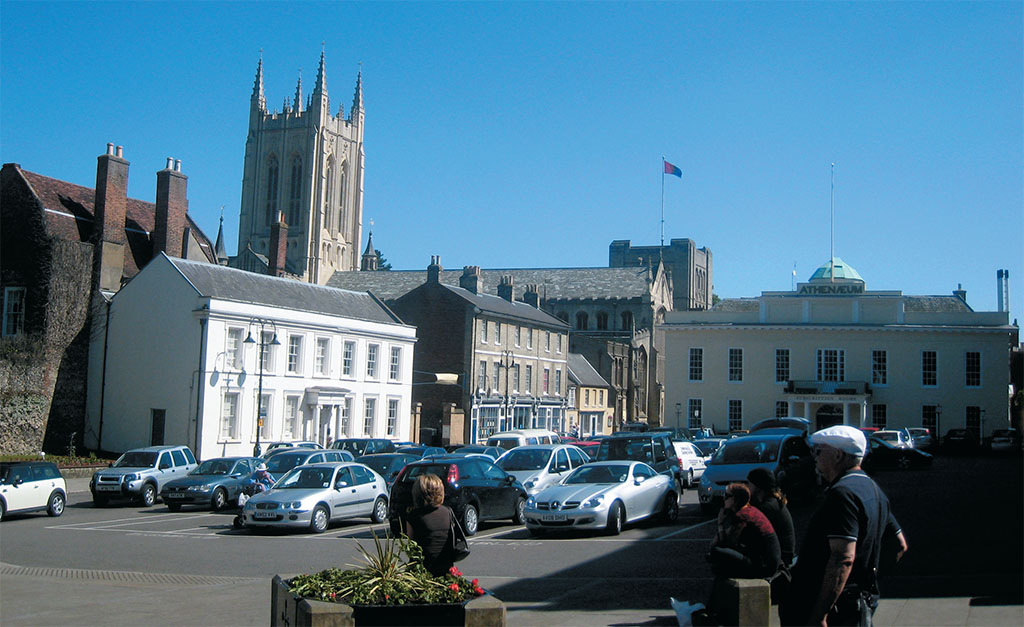
JEAN PASCHKE
* Originally published in 2018.

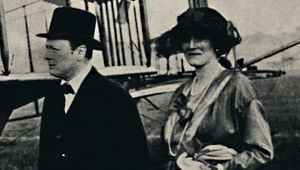
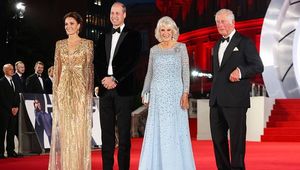
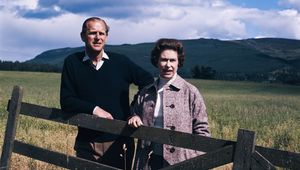
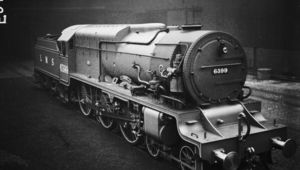
Comments